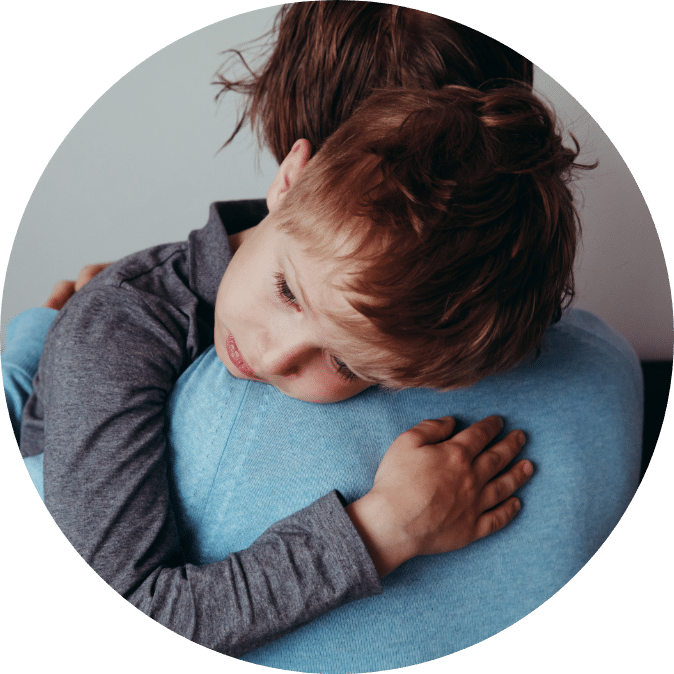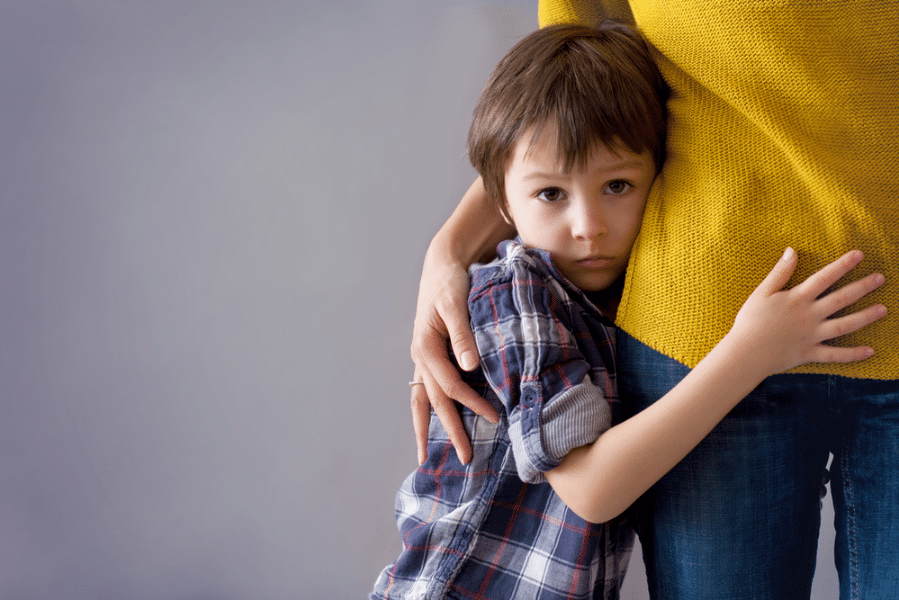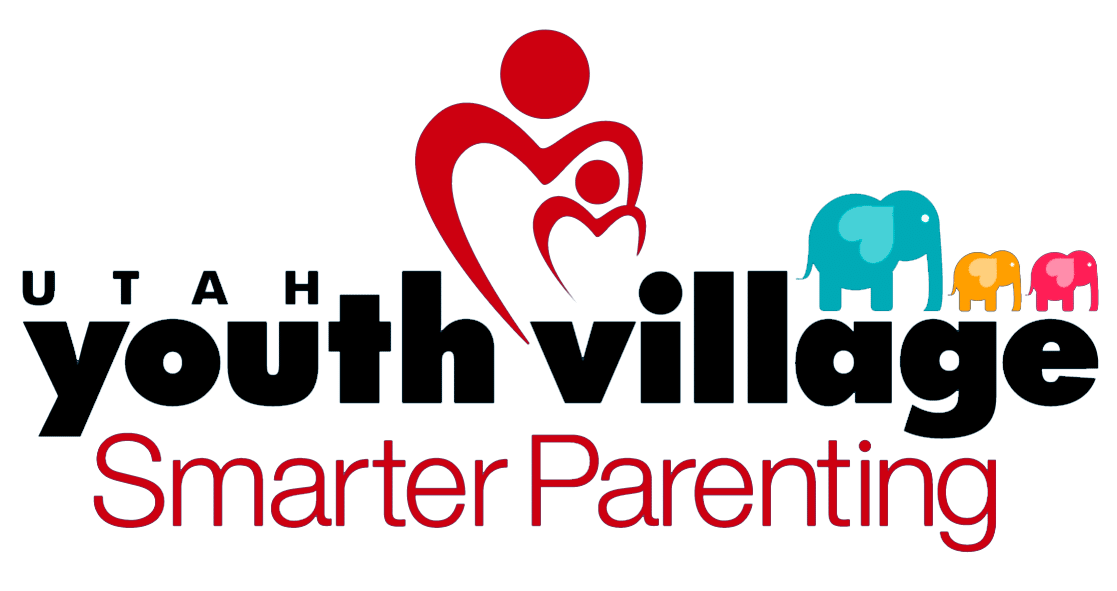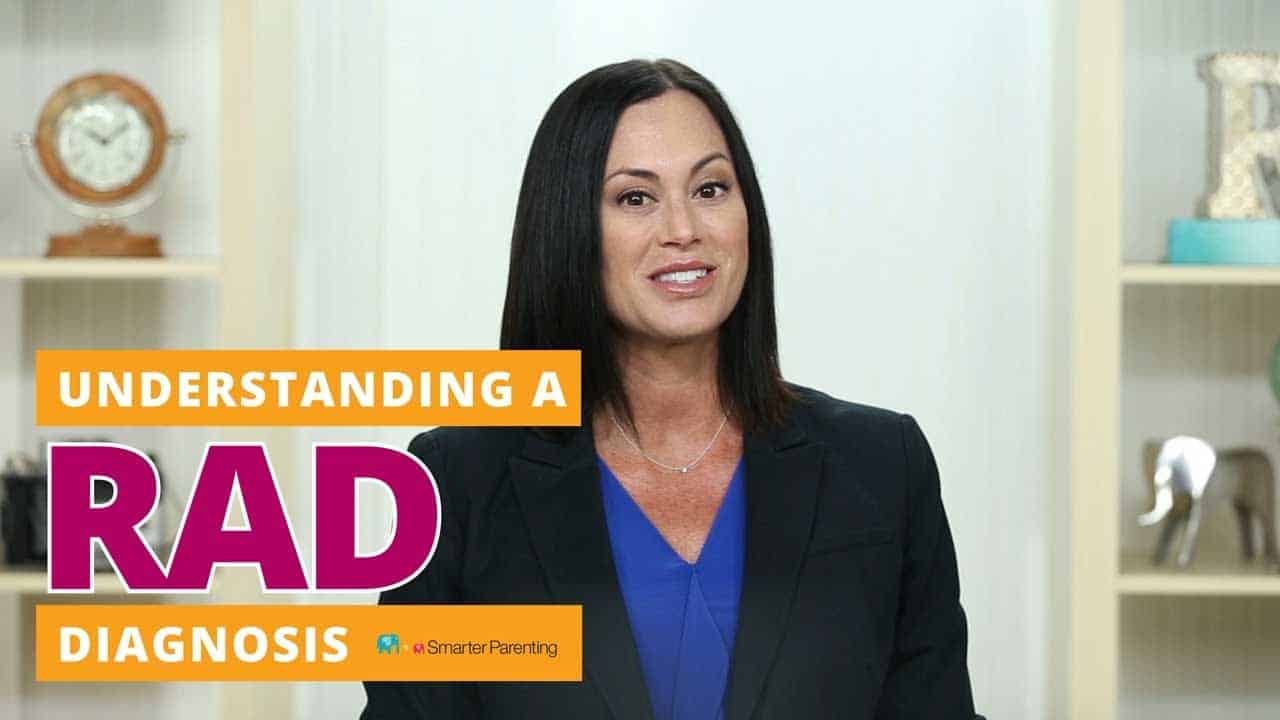— Behavior Issues
Trauma

Trauma in our children

Trauma in Our Children
Traumatic events happen to everyone. Trauma in children needs to be treated when it becomes a hindrance to everyday functioning. When a person is unable to complete everyday tasks because of trauma, they may need to seek the help of mental health and medical professionals.
Parenting a Child with Trauma
- Know your limits. Trauma events may require professional treatment. Use Effective Communication to begin talking about unwanted behaviors, working through issues, and building positive relationships.
- Communication about traumatic events can be difficult for a child. Allow your child to share as much information as they are willing to share and do not pressure them to talk more, although you may be curious.
- Talking about traumatic events can trigger some negative reactions from your child. Be aware and stop if this becomes too difficult.
- Be patient and understand that behaviors may manifest because they are unable to deal with traumatic events.
- Remain calm and be consistent when correcting behaviors. A calm and predictable environment is helpful for children who suffer from trauma.


